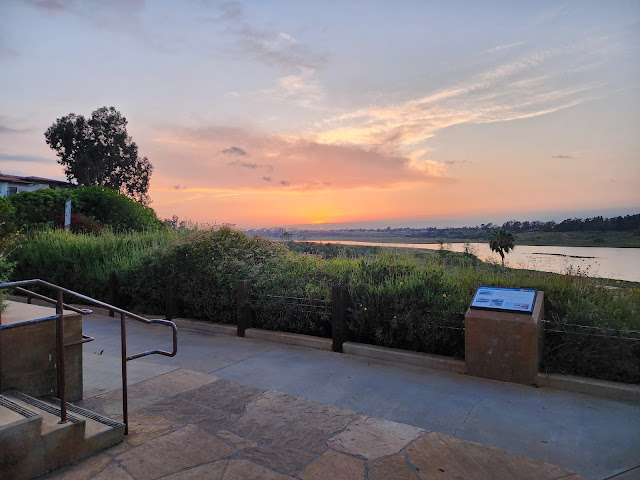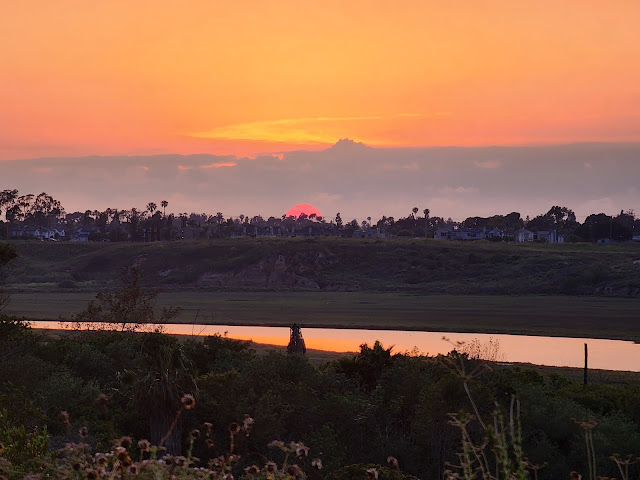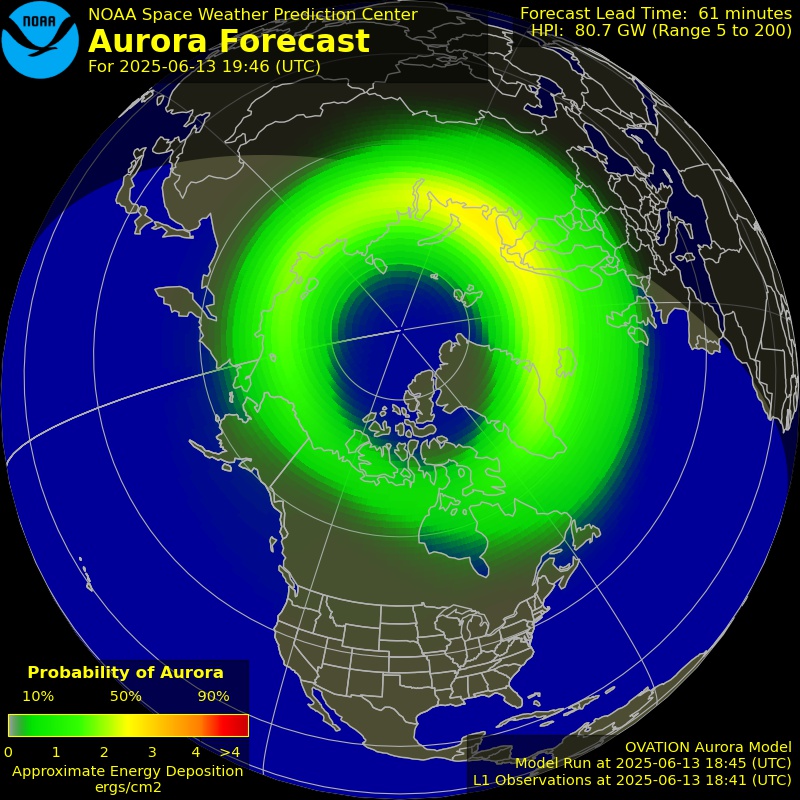Driving home the other night i caught something odd out of the corner of my eye at sunset: the horizon was bright orange with the setting sun lighting up a thin cloud. below that a thick bank of dark clouds went down to the horizon. in front of that was the grapefruit pink disk of the setting sun.
WAIT, IN FRONT OF THE CLOUDS?!
I pulled over and snapped these pics with my phone (click for larger size):
captured these images at back bay park overlook, as amazed by the sight as by the fact that joggers and cyclists passed by paying no attention.
a woman wearing a white baseball cap power-walked by with her eyes down at her phone. i gestured to the horizon and said "have you seen it?"
she looked up at me like i was a lunatic (guilty), looked back down at her phone, and kept walking :(
i have a feeling there's a bit more going on: the top of the grey cloud bank looks just too dark and thick to let the sun through, but lower down, at the level of the sun it seems to lighten a bit.
i'm thinking the refracted sun is passing through a lighter layer of clouds/fog lower down.
5/15/24 7:42 pm local
backbay park overlook (easbluff and jamboree), newport beach, ca
samsung galaxy S22 ultra


























